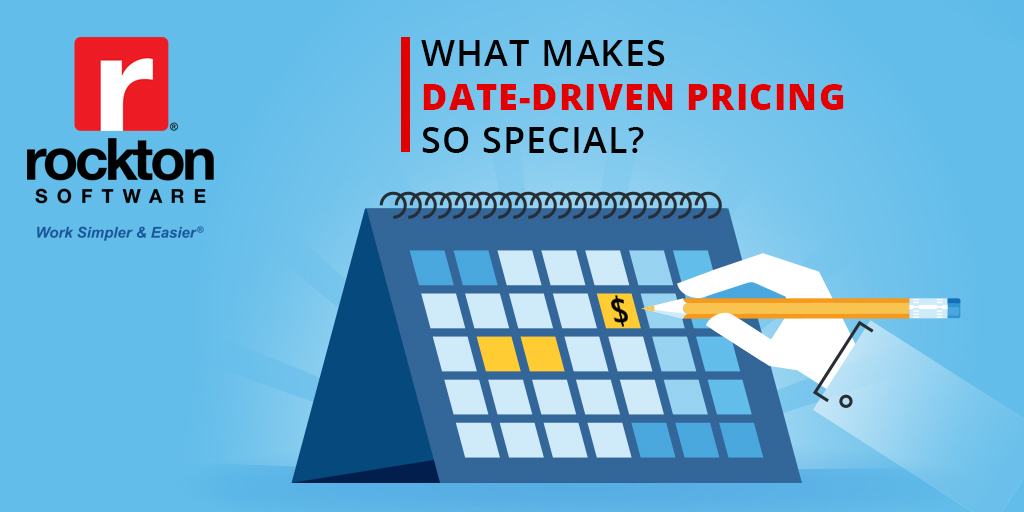Does your business turn raw materials into finished goods? Are you in the manufacturing, retail, construction, wholesale, or distribution industries? Then you are most likely dealing with a supply chain. This became a buzzword in 2020, when the global pandemic caused massive interruptions to supply chain networks. When efficiency was no longer possible, companies started developing more robust, more resilient, supply chain strategies to ensure long term profitability even during periods of volatility. Keep reading to find a supply chain strategy you can develop to optimize your network, benefiting both your business and your customers.
What is Supply Chain Strategy?
A network of individuals and companies create a product, ultimately delivering it to a consumer. Optimizing each step of this supply chain will help your company get your products to your customers with as little friction as possible. By developing a resilient supply chain strategy, your company can reduce costs while also staying competitive in the long-term.
Supply Chain Strategies to Consider for Your Business
Before you choose a supply chain strategy, consider your business goals. Make sure you are adopting a strategy that will maintain customer satisfaction and positively impact your business’ bottom line.
Strategically Placed Buffers
Experiencing unexpected delays? Buffers will help you absorb the impact. Here are some common buffers you can put in place in your supply chain strategy:
- Inventory Buffer: Keep extra inventory on hand. Consider whether you’ll need a few days’ worth, or weeks’ worth of inventory. Using inventory management software, like Acumatica ERP, can help you track this in real-time.
- Financial Buffer: Set aside money each month to protect against unexpected costs
- Time Buffer: Have materials arrive before demand hits
Diversification (Single-Sourcing vs. Multi-Sourcing)
Do you rely on a single source to get the products your company needs? Consider diversifying, or multisource, your supply chain network. How do you know there aren’t other suppliers who can make your product faster and at a lower cost?
Demand Forecasting
Do you pack an umbrella when there’s a 95% chance for rain? When it comes to a solid supply chain strategy, using data to forecast demand means you won’t ever come up short (or end up soaked). Ultimately it will help improve lead time, cut costs, and enhance customer satisfaction.
Standardization
Consistency is key. Investing in sales and operations planning will help build standardization with every link in the supply chain. If you’re dealing with suppliers and manufacturers all over the world, or are managing thousands of products, there are platforms that can help streamline your supply chain.
Optimize Your Strategy with Rockton Software
Efficiently Manage Pricing & Revenue with Rockton Pricing Management (RPM)
Pricing and revenue management within a supply chain strategy aims to create a balance between supply and demand while also optimizing profits. Rockton Pricing Management makes it easy to manage pricing for any number of items with ease, and it will deliver real-time, accurate pricing to your customers. RPM allows you to set up price schedules once, and our pricing tool will do all the calculations for you, automatically! Have a range of dates that need specific pricing? No problem! RPM is so flexible, it even offers date-driven pricing, allowing you to assign valid date ranges to price lists. You’ll get the right pricing at the right time, every time.
Working on Your Supply Chain Strategy?
Let us help! Reach out today for a free demo of Rockton Pricing Management!







